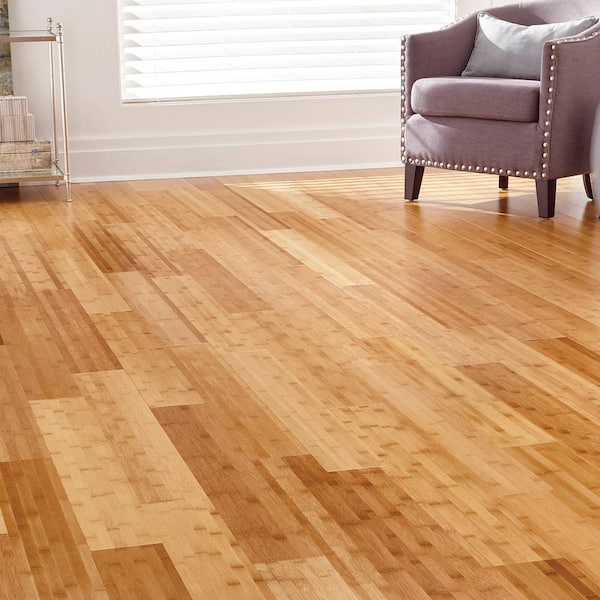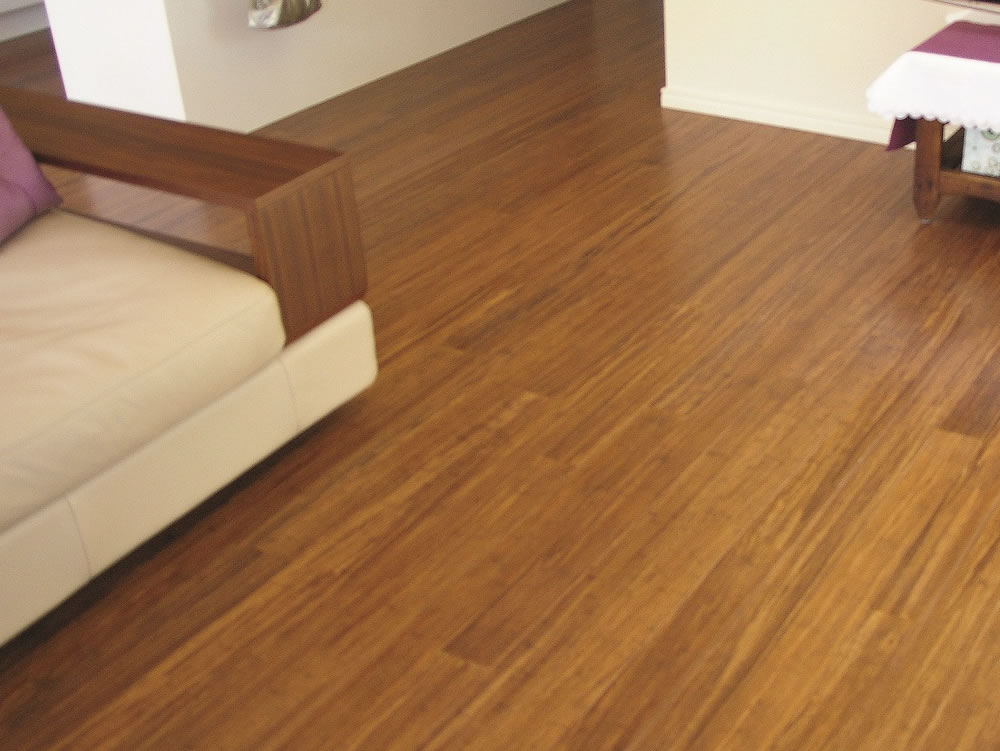Pros and Cons of Bamboo Flooring
This article below on the subject of How To Install Bamboo Flooring is without a doubt enlightening. Give it a try and draw your own personal final thoughts.
Bamboo flooring is renowned for many homeowners because of its benefits. It is available and resilient in various colors, from light blond to abundant espresso. It can be subject to discoloring to match any type of decoration. It has become the significant choiced floor for business as well as homeowners whenever there is demand for sustainability.
Nonetheless, bamboo much like timber, is vulnerable to damages and also breaking when humidity degrees fluctuate.
Are you believing regarding bamboo flooring for your home? We will certainly likewise discuss the various kinds of bamboo flooring available on the market.
Sorts Of Bamboo Flooring
There are three fundamental alternatives: strand-woven, upright, and also straight. Home owners can choose which type of bamboo flooring to purchase based upon their traits. Likewise, the purchaser's intended aesthetic effects the selected Bamboo flooring kind.
Engineered Bamboo Flooring
Both solid and also crafted bamboo flooring choices are readily available. When the bamboo timber fits, it isn't very easy to distinguish between them.
Yet their differences are due to their making. Crafted bamboo wood has a slim plywood support.
Whether engineered or solid, bamboo flooring is durable, resilient, as well as attractive.
Engineered bamboo flooring makes use of the drifting timber flooring over a thin foam base. They might additionally remain in the form of large planks. They are available in widths up to 19 centimeters.
Solid - Horizontal Bamboo Flooring
You will certainly observe that this kind is virtually the same as vertical bamboo flooring. But it has a slight variant. Horizontal bamboo is among one of the most popular types of bamboo flooring.
It is made by drying substantial strips of bamboo, slicing these larger pieces right into thinner strips, and afterwards gluing them to form slabs. The boards will after that be subject to stress and also warmth to guarantee they are well secured.
All-natural bamboo has a lighter color. While carbonized bamboo will be much less tough than routine bamboo, if you need a darker color, it may do you excellent.
Strand Woven Bamboo Flooring
Shredding the bamboo to draw out the fibers is just one of the much more luring steps in producing strand-woven bamboo floorings.
The bamboo fiber is usually combined with a sticky after it's made to a pulp. The material is after that weaved as well as pressed together under excellent warmth, as the name recommends.
After making vertical as well as straight bamboo, the strips serve to produce hair woven bamboo. The eco-conscious customer might find this attribute appealing. The factor is that it guarantees that the entire bamboo stalk generates really little waste.
Solid - Upright Bamboo Flooring
Slim strips of dry bamboo timber glued vertically and pressed making use of high warm and pressure develop this kind of bamboo flooring.
The thinnest side of the bamboo slabs will certainly remain in an upright type. Then, a firm bonding, pressing, as well as lamination will certainly comply with. As a result of their approach of signing up with, the bamboo strips include a narrow grain pattern.
The advantage regarding this type of bamboo flooring is that it is extremely budget friendly and also resilient. Additionally, it provides a sophisticated as well as sophisticated flooring surface. But it is not commonly available.
When Choosing Bamboo Flooring, functions As Well As What to Maintain in Mind
With a multi-layered finishing, bamboo flooring will be rather long lasting. Maintain in mind that future touch-ups could need a much more experienced flooring professional.
Using your finish will certainly make matching repairs much easier as soon as set up in your residence. The finish will not last as long as manufacturing facility surfaces.
Apart from that, below are some exciting attributes of bamboo flooring.
Eco-Conscious
This flooring originates from a natural plant called the bamboo plant. When compared to other tree types utilized to make wood flooring, bamboo expands even more and also quicker.
Economical Maintenance
You can keep bamboo flooring in good condition by cleaning and also damp wiping. So regardless of being a lot more susceptible to scrapes, bamboo flooring is really basic to preserve.
You might get bamboo floorings that are as good as brand-new by sanding them down as well as using a fresh coat of paint.
Durable
Bamboo flooring is not developed equal. There are numerous sorts of bamboo, as well as the numerous techniques made use of to turn it into slabs impact its longevity.
Bamboo, like wood flooring, can come to be vulnerable to use and tear over time. Additionally, damaging, cracking, and other deterioration may take place. You can likewise sand some bamboo to appear like hardwood, however not all.
Bottom Line
It's basic to understand why bamboo flooring has become extra favored nowadays. For nearly any kind of house, bamboo offers many solid and sound services for the atmosphere. Bamboo flooring might be the ideal option for upgrading your flooring.
We will likewise review the different kinds of bamboo flooring offered on the market. Home owners can choose which type of bamboo flooring to get based on their characteristics. Horizontal bamboo is one of the most prominent kinds of bamboo flooring.
While carbonized bamboo will certainly be much less hard than routine bamboo, if you need a darker color, it might do you good. After making straight and upright bamboo, the strips serve to create strand woven bamboo.
Bamboo Flooring
Manufacture of Bamboo Flooring
Stranded bamboo is made by shredding the bamboo stalks into small strands, which are compressed into sheets using heat and resin binders, then cut into planks to use as building materials. This form of flooring is available both as tongue-and-groove planks that are nailed down, as well as planks that float over the underlayment. This is a premium form of bamboo flooring, available in many colors.
Horizontal bamboo flooring is manufactured by cutting the strands into thin strips which are then glued together to form planks. This type of flooring has a "grain," since the long stalk fibers are visible in the flooring. This type of bamboo is not as hard or durable as stranded bamboo, but it can have a very striking appearance. It, too, is available both in nail-down planks and as floating floor planks.
Engineered bamboo flooring is made by bonding a thin layer of bamboo onto a plywood or MDF core. This flooring is comparable to engineered hardwood and is installed in the same way—usually with click-lock planks that float over a foam underlayment. It is the least expensive (and least durable) form of bamboo flooring, and it cannot be refinished.
Unless it is stained, most bamboo flooring has a natural blonde or amber color that resembles unfinished maple or birch, but darker tones are available through a process called carbonizing, which entails subjecting the planks to high temperatures. While the color can be very attractive, carbonized bamboo is softer than uncarbonized forms, and is more susceptible to scratching.
Eco-Friendliness
Environmentally conscious consumers are often drawn to bamboo as a wholly renewable resource. Unlike the hardwood lumber industry, where trees can take decades to mature, bamboo stalks grow so fast that there is little environmental liability to the harvest practices. Moreover, bamboo stalks that are cut simply continue to grow and replenish themselves so that they can be harvested.
But the manufacturing process creates other environmental concerns. Bamboo floor planks are manufactured by slicing or shredding the stalks of bamboo grass plants and then compressing the pulp back together using heat, pressure, and a resin-based adhesive identical to those used in many other flooring products. This adhesive often contains urea-formaldehyde that can outgas into the air.1
The level of adhesive used and the amount of toxins emitted will vary, depending on how the bamboo planks are manufactured. Cheaper products may contain more formaldehyde, while more expensive products may use alternative materials in the resins. The amount of formaldehyde used in bamboo flooring is similar to that found in engineered hardwood flooring or MDF sheathing, and it tends to be a problem only for sensitive individuals.2 But if this concerns you, look for bamboo products labeled as formaldehyde-free.
Bamboo Flooring Cost
This material is priced at about the same level as most hardwood floors. You can find bamboo flooring products ranging from about $2 to $8 per square foot, with a national average of $3.84 per square foot. Installation costs for bamboo flooring are much the same as for hardwood flooring. On average, figure on adding about $4 per square foot for installation labor in addition to the cost of materials. You should be able to get a good-quality bamboo installed for less than $10 per square foot, including materials and labor.
https://www.thespruce.com/benefits-and-drawbacks-of-bamboo-floors-1314694

Hopefully you enjoyed reading our topic about What to Know About Bamboo Flooring Before You Install. Thank you so much for finding the time to read through our piece. Don't hesitate to take the time to distribute this page if you enjoyed reading it. Thanks a lot for your time invested reading it.